1. Jimi Hendrix – The Virtuoso Visionary
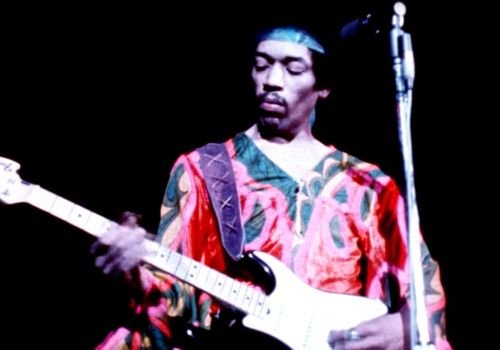
Jimi Hendrix was Woodstock, in every sense. When he unleashed his electric, mind-bending rendition of “The Star-Spangled Banner” at dawn, it was like he took all the chaos, protests, and revolution of the time and channeled it through his guitar. Hendrix’s style was otherworldly—no one else played with that raw intensity, that mesmerizing blend of blues, rock, and psychedelia. He brought a level of artistry that made people stop and think, “This is more than music.” Hendrix didn’t just play guitar; he opened doors to new ways of expressing rebellion and creativity. For a generation looking to shake up the world, Hendrix was a guiding light.
2. Janis Joplin – The Unrestrained Rebel
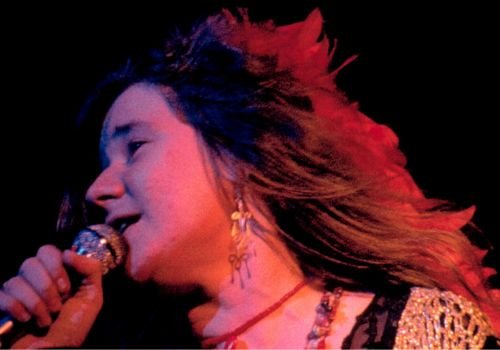
If you were at Woodstock and heard Janis Joplin belt out “Piece of My Heart,” you probably remember feeling like she was singing directly to your soul. Joplin had a voice like no other—full of grit, pain, and raw, unfiltered emotion. But beyond her voice, it was her fierce, unapologetic presence that defined her. She didn’t just break the mold; she shattered it, embracing her quirks and imperfections with pride. For all the misfits and free spirits out there, Janis was a hero. She showed that you didn’t have to be polished or perfect to be powerful. In a world demanding authenticity, Janis was as real as it got.
3. Bob Dylan – The Poet of Protest
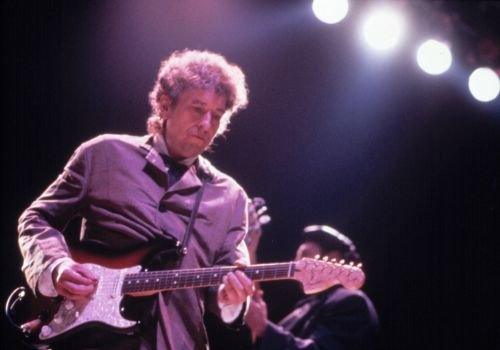
While Bob Dylan may not have played Woodstock, his influence was everywhere. Dylan was the voice of a generation who wanted change and wasn’t afraid to sing about it. His songs, with those cryptic, pointed lyrics, became anthems of civil rights, peace, and awakening. No one could put words to the frustrations and dreams of a generation quite like Dylan. Through his music, he urged people to think deeper, question authority, and see the world with a critical eye. Dylan’s genius was in his simplicity—he showed that music didn’t need flash or volume to be powerful; it just needed truth.
4. Joan Baez – The Voice of Peace
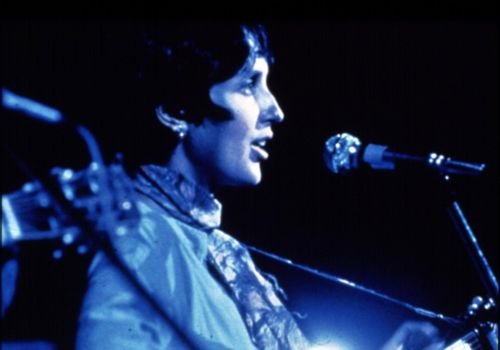
Joan Baez wasn’t just a performer; she was a powerful symbol of peace and activism. Her voice—crystal clear and unwavering—brought an angelic calm to a world in upheaval. At Woodstock, she sang lullabies for peace, inspired civil rights marches, and brought the anti-war movement to the forefront. Baez didn’t just preach peace; she lived it, standing on the front lines of protests and walking arm-in-arm with Martin Luther King Jr. She brought a grace and conviction to the era, showing that strength and compassion could go hand in hand.
5. Joe Cocker – The Unlikely Soul Stirrer
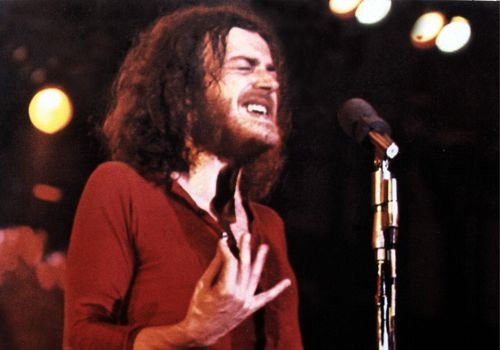
Joe Cocker took the stage at Woodstock and transformed The Beatles’ “With a Little Help from My Friends” into something soul-shaking. With his gravelly voice and unrestrained body language, Cocker’s performance was unforgettable, blending rock and blues with pure, unfiltered emotion. In a sea of polished rock stars, Cocker was wonderfully rough around the edges, bringing a unique authenticity that people instantly connected with. His raspy vocals, raw energy, and almost possessed stage presence captured the gritty, real side of the ’60s counterculture.
6. Grace Slick – The Psychedelic Goddess
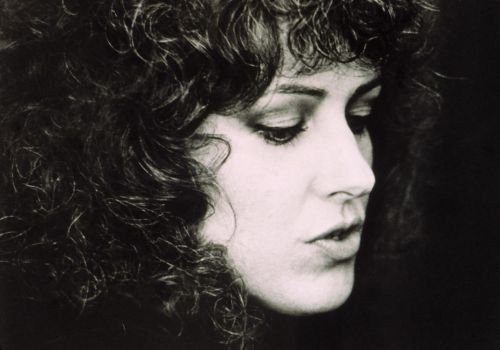
Grace Slick of Jefferson Airplane wasn’t just any lead singer; she was a fearless pioneer in the world of psychedelic rock. Her voice was sharp and commanding, and when she sang songs like “White Rabbit,” it felt like an invitation to explore a whole other realm of consciousness. Slick’s presence—bold, brash, and unapologetically female—set her apart. She didn’t just fit into the male-dominated rock scene; she stood out and held her own, embodying the psychedelic spirit of freedom and exploration that was so central to the Woodstock generation.
7. Carlos Santana – The Fusion Maestro
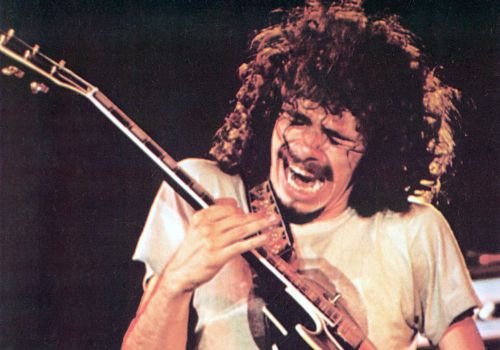
Santana’s performance at Woodstock was an awakening for the crowd. With his Latin-infused rock and hypnotic guitar riffs, he brought a global perspective to the stage that no one else had tapped into. Santana’s music was electrifying and spiritual, blending cultures and genres into something entirely fresh. His seamless fusion of Latin rhythms and rock spoke to a new world outlook, where boundaries didn’t exist. He brought a sound that echoed the era’s spirit of unity and discovery, reminding everyone that music could bridge worlds.
8. Crosby, Stills, Nash & Young – The Harmonizing Activists
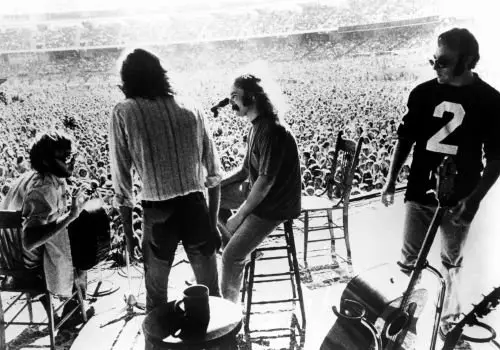
Crosby, Stills, Nash & Young were the voices of folk rock, blending harmonies with messages that called for change. Songs like “Ohio” and “Teach Your Children” were both beautiful and thought-provoking, capturing the spirit of protest in a way that only CSNY could. Their harmonies were a balm in a chaotic time, giving people hope and courage. As one of the first supergroups, they brought together different musical backgrounds, showing that collaboration could create something extraordinary. In a generation seeking connection, their music was a shared experience.
9. The Who – The Rock Rebels

The Who brought pure rock fury to Woodstock, smashing guitars and creating a kind of organized chaos on stage. With anthems like “My Generation,” they perfectly captured the frustration and rebellion of youth. Pete Townshend’s windmill guitar spins, Keith Moon’s frenetic drumming, and Roger Daltrey’s powerful vocals created an energy unlike any other band. They didn’t just play music; they unleashed it. The Who’s defiance was contagious, embodying the angst and wild freedom that defined the late ’60s.
10. Arlo Guthrie – The Storytelling Troubadour
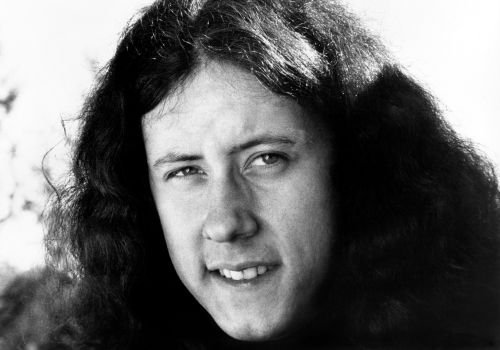
Arlo Guthrie, son of folk legend Woody Guthrie, was a storyteller at heart. At Woodstock, he brought humor, charm, and a folksy sense of protest with songs like “Coming Into Los Angeles.” Arlo was approachable, relatable, and humorous, showing that activism didn’t have to be solemn—it could be joyful and even a little cheeky. His presence reminded the crowd of the folk roots of protest, bridging generations in a way that felt familiar and comforting.
11. Country Joe McDonald – The Protest Bard
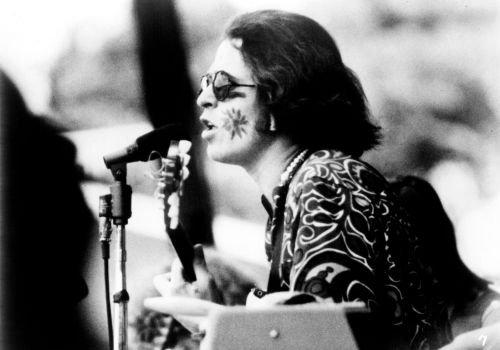
Country Joe McDonald and his “Fish Cheer” were anthems of anti-war sentiment. His solo performance of “I-Feel-Like-I’m-Fixin’-to-Die Rag” got the Woodstock crowd chanting along in an anti-war rally disguised as a song. Country Joe’s blend of humor and activism was perfect for the times—he took serious issues and made them accessible. His irreverence and bluntness struck a chord with young people frustrated by the Vietnam War, creating a moment of unity that could only happen in that era.
12. Sly and the Family Stone – The Funk Revolutionaries
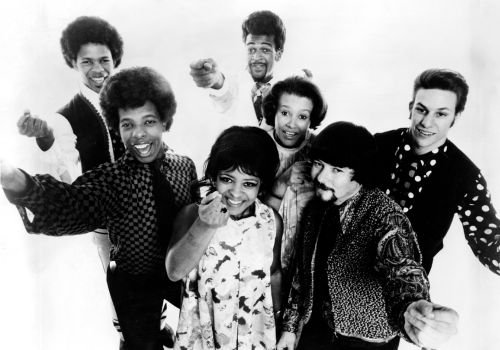
Sly and the Family Stone brought the funk to Woodstock with an unforgettable, high-energy performance. As one of the first bands to be racially integrated, they embodied the progressive values of the Woodstock era. Sly’s charisma and the band’s dynamic energy turned their performance into a joyful, electric celebration. Their sound—melding rock, soul, and funk—was unlike anything the crowd had seen, representing the era’s call for diversity, inclusivity, and sheer fun.
These icons didn’t just play music or perform; they each contributed a unique piece to the fabric of the Woodstock era. They were the voices, faces, and sounds of a generation that dared to question, to dream, and to hope for something better. Each left a legacy that goes far beyond Woodstock, forever capturing the spirit of an unforgettable time.


